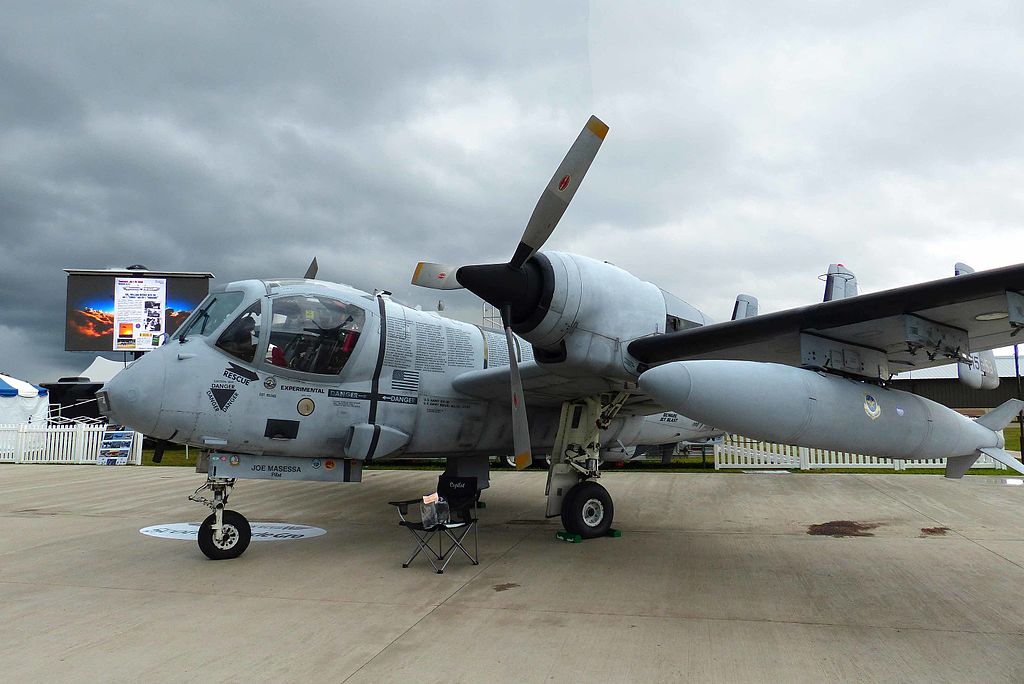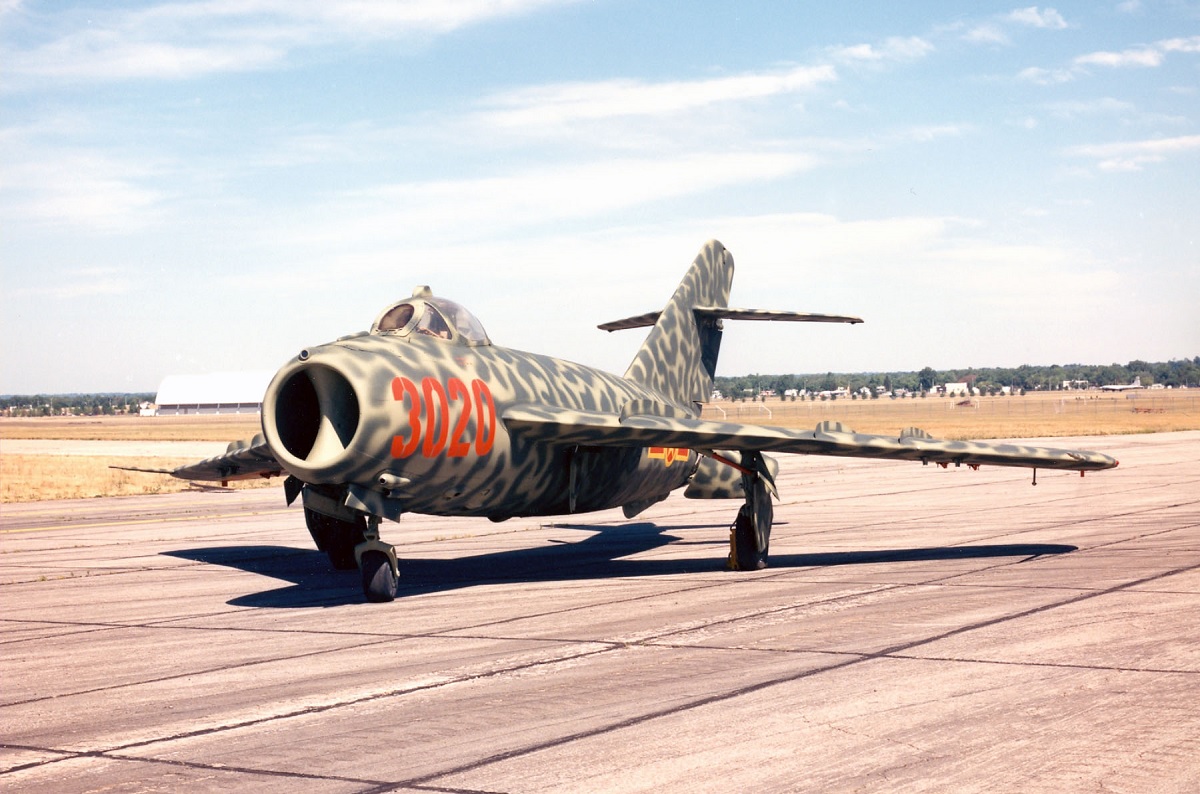Although it wasn’t intended, the Mohawk actually shot down a MiG during the Vietnam War
During the Vietnam War, the OV-1 was responsible for the U.S. Army’s air-to-air win.
The Grumman OV-1 was a full battlefield surveillance aircraft that could provide almost any information a battlefield commander would need, and could even destroy it if required. It was created to satisfy the U.S. Army’s request for a tiny, two-seat, twin-engine surveillance aircraft.
A MiG was something that the Mohawk wasn’t intended to shoot down, yet it did so during the Vietnam War.

Two OV-1As from the 131st Aviation Company were flying at 2000 feet above the Ashau Valley on a morning in mid-February 1968. The Ashau Valley was one of the North Vietnamese Army’s two strongholds in South Vietnam, the other being the U Minh Forest to the north of Saigon. One of the most seasoned Mohawk pilots in the squadron, Capt. Ken Lee piloted the flight. The two pilots maintained their altitude to use the OV-1 side-looking radar and infrared detection equipment to observe the enemy activity in the valley because they were aware that there were more than 6,000 permanent troops and one of the most technologically advanced complexes of anti-aircraft batteries in the world in the jungle below them.
According to Wayne Mutza’s account in U.S. Army Aviation in Vietnam, Lee suddenly felt his aircraft being hit. He turned right away when his wingman cried at him from half a mile away, “You got a MiG behind you!” As Lee leveled his wings, a MiG-17 flew by at 275 speeds to his left, emerging from a dive 200 feet below him and turning around to retaliate on the two Mohawks. Lee realized that engaging the MiG would have been his only opportunity to avoid being shot down. Lee was carrying a load that allowed the OV-1A to carry a 2.75-inch rocket pod and a.50-caliber machine gun under each wing.

The MiG pilot made a serious error when he slowed down to launch his attack, and Lee launched 38 rockets in two shots, four of which connected with the MiG. Additionally, Lee fired numerous machine gun shots at the adversary fighter. I fired around 100.50-caliber bullets at him, and I could see the tracers entering the fuselage. His power was stopped when he hit his engine. When Lee opened fire, the MiG was climbing, so they dipped into a cloud bank. Three to five seconds after pulling to the right to emerge from the clouds, Lee spotted the MiG emerging.
The airplane had an overturned nose, a low right wing, and orange flames. The MiG circled one of the Ashau’s surrounding mountains before turning into what Lee knew to be a blind valley, but since he was flying so low, Lee would not have been able to exit the valley without colliding with the hillside and he was unable to observe the MiG crash.
Lee saw numerous bullet holes in the tail and aft fuselage of his aircraft after they arrived back at Phu Bai Airbase, but he and his wingman were told not to discuss Lee’s likely MiG kill with anybody. The Army actually feared that the U.S. Air Force (USAF), who had designated shooting down MiGs as their sole domain, would have forced them to either disarm the Mohawks or possibly hand them over to the USAF.

A few weeks later, Lee took a flight from Phu Bai to Ubon, where he met Col. Robin Olds, commander of the 8th TFW. Olds revealed to Lee that he had heard reports of a Mohawk shooting down a MiG and was curious to learn that Lee was the pilot in that particular duel. In May, Lee flew a different mission that made a stop in Ubon. After he landed, Robin Olds and Chappie James asked him to follow them to the Officer’s Club, where they informed him that the MiG he had been describing had in fact been shot down. When Lee asked how they knew, Olds said to him “We know things you guys don’t and will never find out.”
Photo by U.S. Army, U.S. Air Force, J. S. (Steve) Bond, and Atsushi Tsubota via Wikipedia

